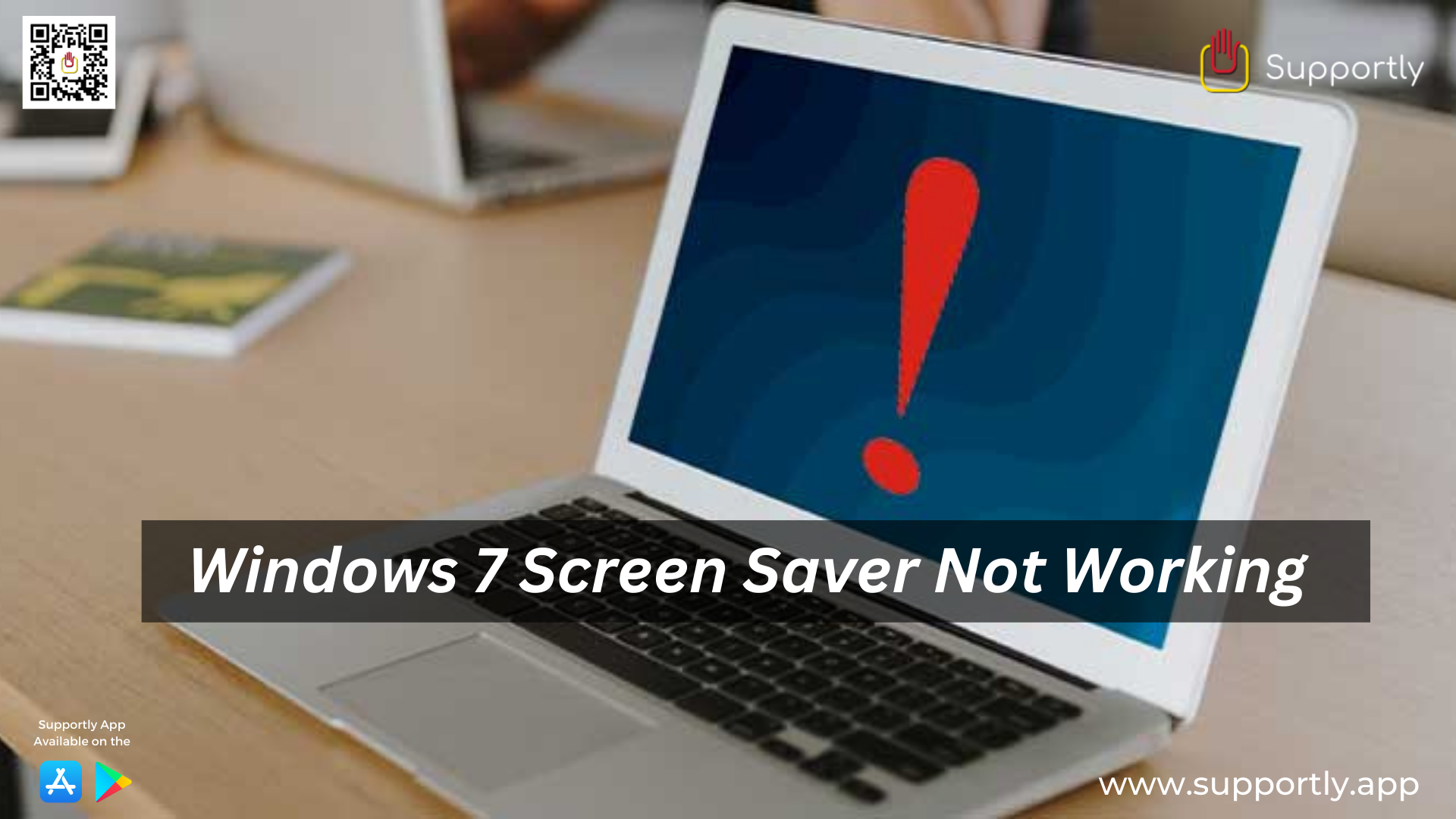Forgot Windows Login Password? Here’s How to Reset It Easily

Get Instant Solution For Windows 7 Screen Saver Not Working

Windows 7 is a great operating system, but like all operating systems, it’s prone to occasional technical issues. One common problem that people encounter is a malfunctioning screen saver and power options. If you’re having this issue, here’s how to go about fixing it.
First, the most important step is to make sure that all your drivers are up to date. Out of date drivers can cause conflicts in Windows and can lead to screen saver and power option issues. To update your drivers, go to your computer manufacturer’s website and search for any available driver updates. Download them and install them on your computer and see if that solves the issue.
If the problem still persists, try running a system file checker. System File Checker (SFC) is a utility built into Windows that can detect problems within certain system files (like Device Drivers or Windows Updates) and can repair them. To run a system file checker, search for the program in the start menu and run it. This could take a few minutes, so be patient. Once it’s done, reboot your computer and see if that solved the issue.
If the problem still persists, you might want to try enabling the Screen Saver Manually. To do this, open the Control Panel and select Screen Saver. From here, you can select a screen saver and a timeout setting, then click Apply. Try running the screen saver to see if it works.
If the issue persists, the problem might lie with the power options in Windows. To check these, open the Control Panel, go to System and Security -> Power Options. From here, you can customize all of the power options for your computer, like when the screen should dim or turn off. Make sure that these settings are configured properly, and also make sure that any power settings you’ve set in the BIOS are in sync with the Windows settings.
Also, try disabling any power management settings in Device Manager. To do this, right-click on My Computer and select Device Manager. Then, navigate to each device and open up the Properties window. In there, go to the Power Management tab and disable any power management settings.
Finally, if none of these steps worked, the problem might lie within your hardware. Try switching out your video card, connecting another monitor to your computer, or even trying a different power supply. If the problem persists, you might need to take your computer to a repair shop, as the issue may be on the motherboard.
In conclusion, if your Windows 7 screen saver and power options aren’t working properly, the problem can be caused by outdated drivers, corrupt system files, or incorrect power settings. To get things back to normal, first make sure all your drivers are up to date, then run a system file checker. After that, enable the screen saver manually, make sure the power settings in Windows are configured properly, and disable any power management settings in Device Manager. If none of these steps worked, the problem might be hardware related, in which case you’ll need to take your computer to a repair shop. Contact the Supportly App experts if you need more assistance.